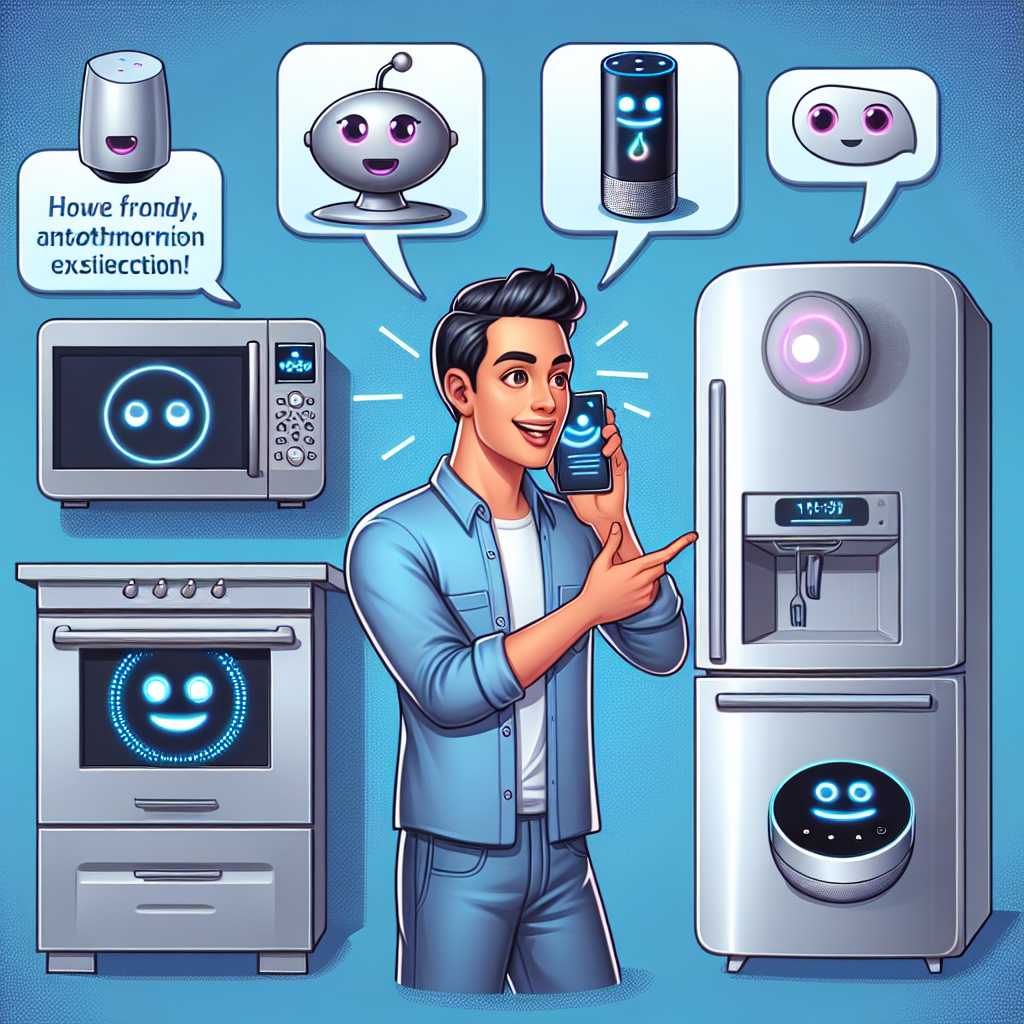In today’s fast-paced business environment, entrepreneurs, small business owners, and developers face mounting pressures to do more with less. The to-do lists keep growing, deadlines get tighter, and the demand for innovation never stops. Sound familiar? If you’re nodding your head, you’re not alone. Many professionals find themselves stretched thin, juggling multiple tasks while trying to maintain quality and creativity in their work.
What if you could reclaim half of your workday? That’s not a far-fetched dream but a tangible reality made possible through AI SaaS Creation Platforms. These innovative tools are revolutionizing how work gets done by automating repetitive tasks, streamlining processes, and enhancing productivity across the board. Whether you’re a solo entrepreneur wearing multiple hats or part of a small development team racing against deadlines, AI solutions can be the game-changer you’ve been waiting for.
Democratizing AI Technology for Everyone
AI SaaS Creation Platforms are breaking down the barriers that once made artificial intelligence a privilege of large corporations with deep pockets and specialized tech teams. These platforms democratize access to AI technology, putting powerful tools in the hands of everyday users regardless of their technical expertise.
“The true power of AI SaaS Creation Platforms lies in their ability to make sophisticated technology accessible to everyone,” says a small business owner who recently adopted such a platform. “I don’t have a background in computer science, but I can now create custom applications that would have required hiring a specialized developer just a year ago.”
These platforms offer intuitive interfaces that allow users to design, build, and deploy AI applications without writing extensive code. This accessibility is particularly valuable for individual entrepreneurs and small businesses that may lack dedicated IT departments or the budget for custom software development. By removing these barriers, AI SaaS Creation Platforms enable a wider range of users to harness AI’s potential for addressing their specific business challenges.
For instance, a solo marketing consultant can create a customized social media content analyzer without knowing Python or machine learning algorithms. A small retail business can develop an inventory management system that predicts stock needs based on historical sales data. These capabilities, once out of reach for smaller players, are now readily available through user-friendly AI tools designed with non-technical users in mind.
Accelerating Development with Low-Code Platforms
Remember the days when building an application meant months of coding, testing, and debugging? Low-code platforms integrated within AI SaaS Creation Platforms are changing that narrative by dramatically speeding up the development process.
These low-code platforms provide visual, drag-and-drop interfaces that simplify the creation of complex applications. Instead of writing lines of code, users can build workflows by connecting pre-built components, much like assembling building blocks. This approach not only accelerates development but also reduces the potential for errors that commonly occur in traditional coding.
According to recent industry research, applications built on low-code platforms can be developed up to 10 times faster than those created through conventional methods. For small teams with limited resources, this efficiency translates to quicker market entry and faster response to changing business needs.
Take the example of a small financial advisory firm that used a low-code AI platform to create a client portfolio analysis tool in just two weeks—a project that would have taken months with traditional development approaches. The tool now automatically processes client data, identifies investment patterns, and generates personalized recommendations, saving advisors hours of manual analysis each day.
The beauty of these low-code platforms lies in their ability to bridge the gap between idea and implementation. They empower users to bring their innovative concepts to life quickly, test them in real-world scenarios, and iterate based on feedback—all without the traditional development bottlenecks that often stifle innovation.
Enhancing Team Productivity with Intelligent Collaboration
Communication breakdowns and coordination challenges can significantly hamper productivity, especially in today’s remote and hybrid work environments. AI-powered collaboration tools integrated into SaaS creation platforms are addressing these pain points by facilitating seamless teamwork and decision-making.
These intelligent collaboration tools go beyond simple file sharing and messaging. They actively assist teams by:
- Automatically summarizing lengthy discussions to extract key decisions and action items
- Prioritizing notifications based on importance and user preferences
- Suggesting optimal meeting times by analyzing team members’ calendars and productivity patterns
- Transcribing and analyzing meetings to identify follow-up tasks and responsibilities
The real magic happens when these tools handle the mundane aspects of collaboration, allowing team members to focus on higher-value contributions. According to a 2023 productivity study, professionals spend an average of 2.5 hours daily on coordination activities that could be automated or streamlined with AI assistance.
A design agency owner shares, “Our team used to spend hours each week coordinating revisions and client feedback. With our AI collaboration assistant, that process is now automated, freeing up at least 15 hours weekly that we can dedicate to creative work instead.”
These intelligent tools also facilitate better decision-making by providing data-driven insights when teams need to evaluate options or resolve conflicts. Rather than relying solely on opinions or limited information, teams can leverage AI-generated analyses that consider multiple factors and potential outcomes.
The result is a more strategic allocation of human resources within organizations. When AI handles the coordination overhead and information management, team members can dedicate their time and mental energy to tasks that truly benefit from human creativity, emotional intelligence, and strategic thinking.
Customizable AI Digital Workers: Your Tireless Virtual Team
Perhaps the most transformative aspect of AI SaaS Creation Platforms is the ability to design and deploy customizable AI digital workers—specialized AI agents that perform specific functions within your business operations.
These digital workers aren’t just simple automation scripts; they’re sophisticated AI systems that can be tailored to handle complex tasks across various business functions. They can:
- Engage with customers through natural conversation, answering questions and resolving issues
- Process and analyze documents, extracting relevant information and organizing it logically
- Monitor systems and trigger alerts or actions when certain conditions are met
- Perform data entry and validation with greater accuracy than human operators
- Generate reports and content based on data inputs and predefined parameters
For small businesses and entrepreneurs, these AI digital workers offer a way to scale operations without proportionally increasing staff costs. A boutique e-commerce business, for instance, might deploy a customer service AI worker that handles 80% of routine inquiries, allowing human staff to focus on complex cases that truly require their expertise.
The customization aspect is particularly valuable because it allows businesses to create digital workers that align perfectly with their specific processes and brand voice. Rather than adopting one-size-fits-all solutions, users can design AI assistants that understand their industry terminology, follow their unique workflows, and represent their brand appropriately when interacting with customers.
Creating New Revenue Streams Through AI Product Sharing
Beyond internal efficiency gains, AI SaaS Creation Platforms open doors to entirely new revenue opportunities through the sharing and selling of AI products developed on these platforms.
This marketplace approach creates a vibrant ecosystem where developers, entrepreneurs, and businesses can monetize their innovations by offering them to other users facing similar challenges. A restaurant owner who creates an AI inventory management system might offer it to other restaurants; a marketing consultant who builds a content optimization tool might license it to peers in the industry.
“I originally built our customer segmentation tool for internal use,” says a small business founder. “After refining it based on our experience, we now offer it as a subscription service to other businesses in our industry, creating a new revenue stream that accounts for 25% of our total income.”
The marketplace model also promotes continuous innovation by creating financial incentives for developers to improve existing solutions and create new ones. As users provide feedback and request enhancements, the creators can iterate on their products, making them more valuable to the market over time.
This democratization of AI product development contributes to a more diverse and accessible tech landscape. Rather than relying solely on large software companies to address niche needs, the community of users itself becomes a source of specialized solutions. This bottom-up approach often results in more targeted tools that address real-world challenges more effectively than general-purpose solutions designed for mass markets.
Embracing the Future of Automated Workflows
As we look to the future, it’s clear that automated workflows powered by AI will fundamentally transform how work gets done across industries. At Zygote.AI, we envision a world where routine tasks require no human intervention at all, freeing people to focus on creative thinking, relationship building, and strategic decision-making.
This isn’t a distant utopia but an emerging reality. Already, we’ve seen the development of fully automated workflows that can select topics, write content, generate illustrations, conduct reviews, and publish promotional materials without human involvement. As AI capabilities continue to advance, these autonomous workflows will expand to encompass more complex processes across various business functions.
For entrepreneurs and small businesses, embracing these AI solutions isn’t just about keeping up with technology trends—it’s about maintaining competitiveness in a rapidly evolving marketplace. Those who leverage AI to automate routine tasks gain a significant advantage in terms of efficiency, cost management, and the ability to scale operations without corresponding increases in overhead. Comparing different low-code AI platforms can help businesses find the right solution for their specific needs.
“The question isn’t whether AI will transform your industry, but when and how,” notes a business strategist. “Early adopters who learn to effectively incorporate these tools into their operations will have a substantial head start over competitors who wait until adoption becomes unavoidable.”
The good news is that with platforms like Zygote.AI, getting started with AI workflow automation doesn’t require massive investment or technical expertise. The low-code, user-friendly approach makes these powerful capabilities accessible to businesses of all sizes, from solo entrepreneurs to growing startups.
Explore how Zygote.AI can help you automate tasks and reclaim your valuable time.
By embracing AI SaaS Creation Platforms, you’re not just reducing your current workload—you’re positioning yourself for success in a future where human-AI collaboration becomes the standard operating model across industries. The time to explore these possibilities isn’t someday in the future—it’s today, while the competitive advantage of early adoption is still available.
Are you ready to cut your workload in half and unlock new possibilities for growth and innovation? The tools are here, waiting for you to put them to work.









